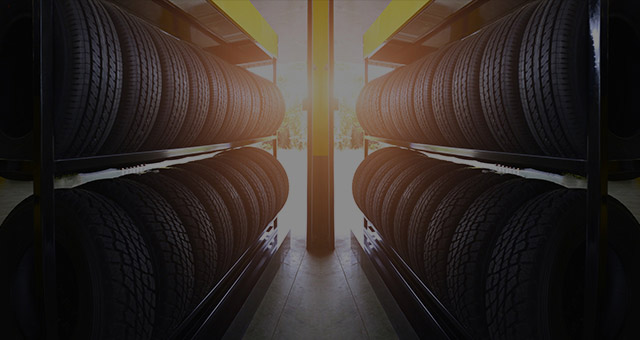Depend On Morris Tire and Alignment for Specialist Service and Care
Depend On Morris Tire and Alignment for Specialist Service and Care
Blog Article
Tire Solution: Recognizing Tire Stress Tracking Systems
Comprehending Tire Stress Tracking Solutions (TPMS) is a critical facet of preserving optimum vehicle performance and security on the roadway. With advancements in automotive innovation, TPMS has ended up being a standard function in modern-day cars, giving real-time information on tire pressure degrees.

Value of TPMS
The importance of Tire Pressure Tracking Equipments (TPMS) hinges on their ability to boost car security and efficiency with real-time monitoring of tire pressure degrees. Maintaining the proper tire pressure is vital for ensuring optimum handling, braking, and general safety and security of a car. TPMS gives drivers with immediate comments on any type of overinflated or underinflated tires, enabling for prompt modifications to be made.
Components of TPMS
Consisting of numerous essential elements, a Tire Pressure Surveillance System (TPMS) operates as an advanced safety function in modern-day lorries. The primary elements of a TPMS include sensors, a control module, and a warning indicator. Sensing units are usually situated in the tire valve stem or affixed to the wheel setting up, where they determine tire stress and send data to the control module. If it finds substantially low pressure in any of the tires, the control component procedures this details and sets off a caution. The caution sign, often a symbol on the control panel, signals the chauffeur to inspect the damaged tire or tires. Some advanced TPMS versions likewise display the actual tire stress readings for each tire, supplying chauffeurs with real-time information to make certain optimum tire performance and security. By checking tire pressure constantly, TPMS helps stop mishaps, lowers tire wear, and improves gas efficiency, making it an important component for vehicle safety and efficiency.
Kinds Of TPMS

On the various other hand, indirect TPMS depends on the vehicle's wheel rate sensors to monitor tire stress. This system identifies underinflation by contrasting the rotational rates of the wheels. Indirect TPMS is less pricey than straight TPMS, as it uses existing sensors within the automobile.
While direct TPMS supplies extra exact analyses, indirect TPMS is simpler in style and commonly calls for much less upkeep. Both systems have their benefits and constraints, and the choice between them often depends upon variables such as cost, vehicle make, and individual choice. Understanding the differences between these 2 kinds of TPMS can assist automobile proprietors make informed decisions relating to tire upkeep and safety and security.
TPMS Maintenance Tips
Conduct routine checks on the tire pressure levels and compare them with the TPMS readings to ensure they are regular. Throughout tire rotation or substitute, make sure that the TPMS elements are managed carefully to avoid any possible damages. If the TPMS cautioning light illuminates on the dashboard, resolve the find out here concern without delay by examining the tire stress and the total system for any faults.
Benefits of Correct Tire Stress
Preserving proper tire stress, as highlighted in TPMS Upkeep Tips, is vital for gaining the numerous advantages connected with optimum tire stress levels. In addition, proper tire pressure makes sure even tire wear, expanding the life expectancy of the tires and advertising much safer driving problems. In verdict, the benefits of proper tire pressure go beyond simply tire durability; they encompass boosted fuel effectiveness, improved safety and security, much better vehicle performance, visit homepage and overall driving comfort.
Final Thought
Finally, comprehending tire stress surveillance systems (TPMS) is essential for preserving ideal tire pressure and guaranteeing car security. By identifying the relevance of TPMS, recognizing with its parts, recognizing the various kinds available, sticking to appropriate upkeep suggestions, and understanding the benefits of keeping proper tire stress, drivers can boost their driving experience and prolong the life-span of their tires. Correct tire pressure is crucial to risk-free and efficient vehicle procedure.

Report this page